CBDT has notified new ITR form for AY 2020-21 vide notification No. 31/2020 dated 29.05.2020. This article explains Form ITR-1 Sahaj Applicability and additional disclosure required compared to previous year Form ITR-1.
This Form ITR-1 Sahaj can be filed by an individual resident (other than not ordinarily resident) having total income up to Rs. 50 lakhs comprising of
a. Income from salaries
b. one house property,
c. other sources of income and
d. agricultural income having income up to Rs. 5,000/-.
If an individual who is a director in a company or has invested in unlisted equity share is not eligible to file Form ITR-1 Sahaj. This means that if he is a share holder (equity share) in a private company or public company he is not eligible to file ITR-1 Sahaj).
Further, an assessee who is having income from other sources comprising Winning from Lottery, activity of owning and maintaining race horses and income taxable at special rate under section 115BBDA or 115BBE is not eligible to file ITR-1 Sahaj.
For the assessment year 2020-21 following additional disclosure have been inserted for Form ITR-1 Sahaj In case the assessee is filing Return of Income under Seventh proviso to Section 139(1) and was otherwise not required to file Return of Income-
1. Whether individual have deposited amount or aggregate of amounts exceeding Rs. 1 crore in one or more current account during the previous year. This provision covers only current account and not all types of accounts.
2. Whether individual have incurred expenditure of an amount or aggregate of amount exceeding Rs. 2 lakhs for travel to a foreign country for yourself or for any other person? If yes, then amount of expenditure incurred to be disclosed here.
3. Whether the individual has incurred expenditure of amount or aggregates of amount exceeding Rs. 1 lakh on consumption of electricity during the previous year? If yes, total amount of electricity consumptions during the year is to be disclosed here.
Further, investment / deposit / payments eligible for deduction under Chapter VI-A Part-B has been segregated into two parts. First, investment / deposits / payments made up to 31.03.2020 and second part investment / deposits / payments made during the period from 01.04.2020 to 30.06.2020 and attributable / deduction eligible for the previous year 2019-20 (AY 2020-21).
Disclaimer: The contents of this article are for information purposes only and does not constitute an advice or a legal opinion and are personal views of the author. It is based upon relevant law and/or facts available at that point of time and prepared with due accuracy & reliability. Readers are requested to check and refer relevant provisions of statute, latest judicial pronouncements, circulars, clarifications etc before acting on the basis of the above write up. The possibility of other views on the subject matter cannot be ruled out. By the use of the said information, you agree that Author / TaxGuru is not responsible or liable in any manner for the authenticity, accuracy, completeness, errors or any kind of omissions in this piece of information for any action taken thereof. This is not any kind of advertisement or solicitation of work by a professional.





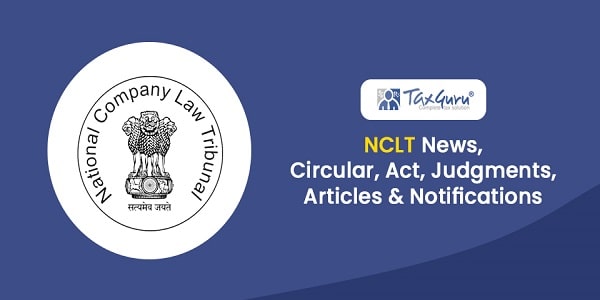
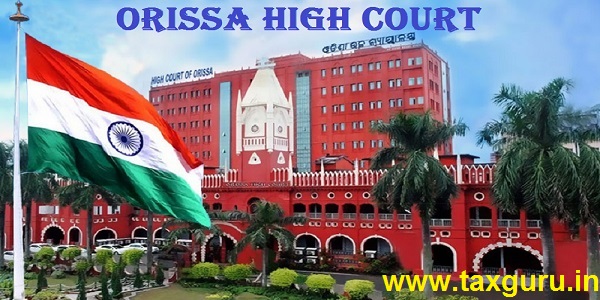
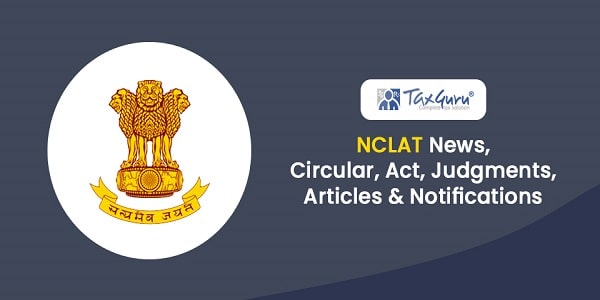
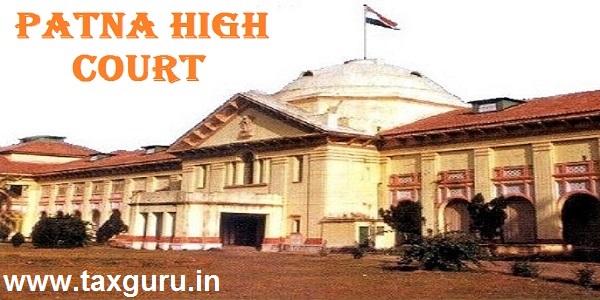
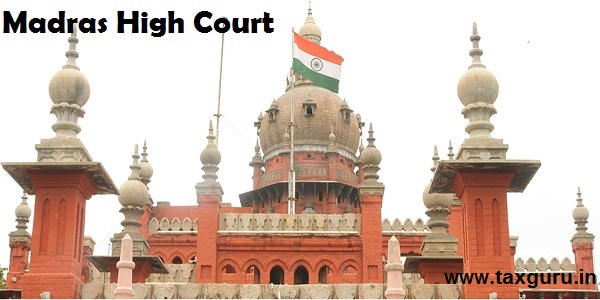





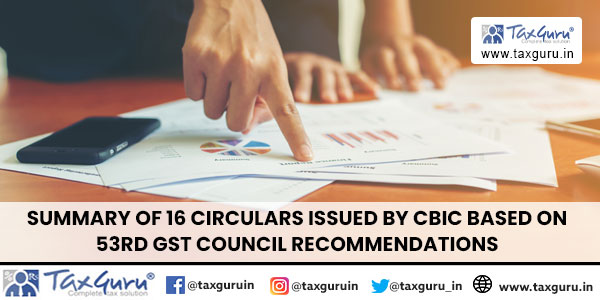

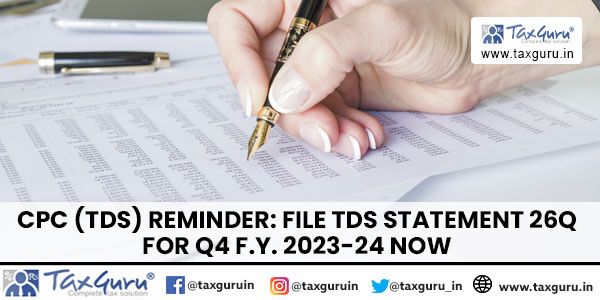

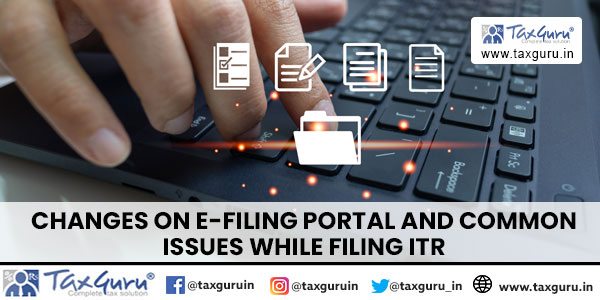
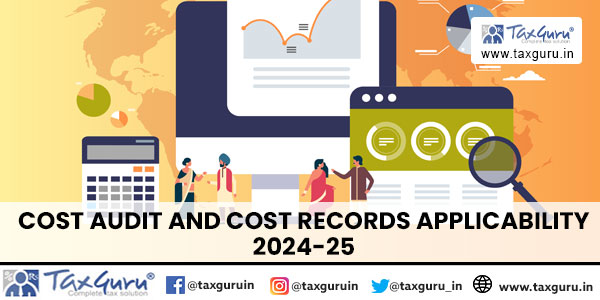









2020-21 forms release dates pls infor.
The article is nicely drafted.
However the additional disclosures that you have mentioned are to reported to only those taxpayers who are liable to file ITR under seventh schedule of Section 139(1) and not otherwise. This has been specifically mentioned in the ITR forms.
Kindly check once. Thanks.